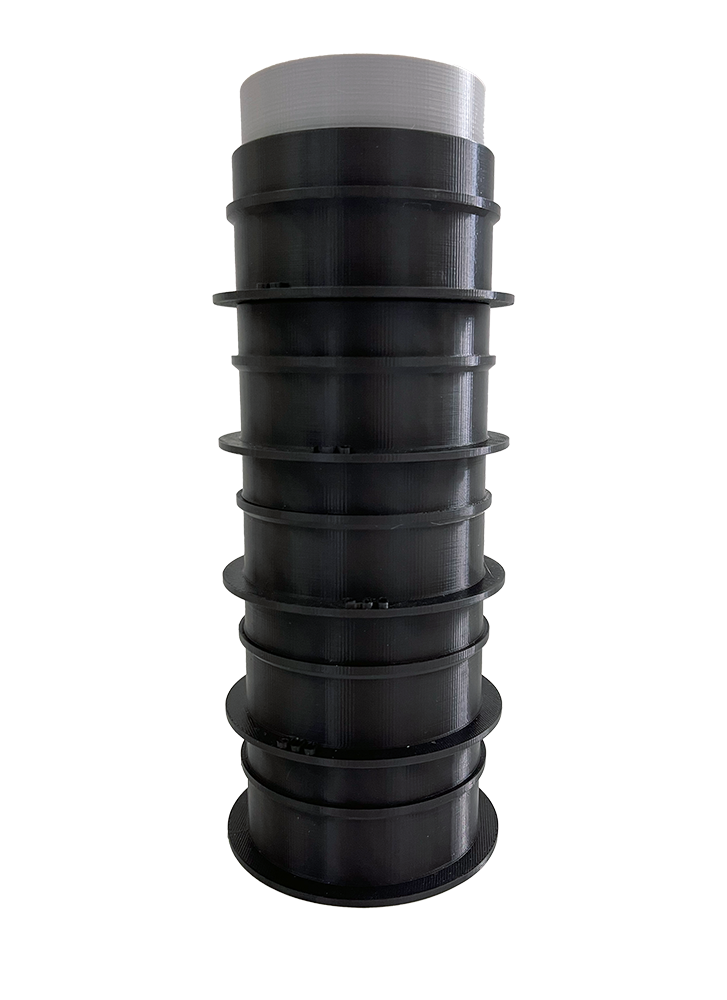3" Copepod Sieve; 50, 120, 250, 500, 850 micron set, in stock ready to ship.
Buy the set and save 10%.
Designed & printed at Affordable Fragz tested by a few copepod vendors. Made using American made, 100% reef safe PETG PRO filament. These are solid, 100% infill with NO air pockets within the printed areas.
These are made with mesh, not the pesky stainless steel that needs to be washed in tap water after each use. These won't rust, they are easy to clean and rinse off before next use.
50 micron are great for harvesting rotifer cultures daily or when you need to collect copepods and need to return nauplius to your culture.
120 micron are great for harvesting adult Tisbe, Apocyclops adults to feed your fish after harvesting. If growing Tigriopus we recommend putting the pods that collect in this sieve back in the culture vessel.
250 micron great for collection adult Tigriopus and Apocyclops copepods, we harvest and bottle this size of tigriopus copepods.
500 micron is great for helping catch debris from culture vessel on Tisbe/Apocyclsops copepods, this micron will also catch adult Tigriopus copepods.
850 micron is great for catching larger debris and algae from your copepods vessels.
We use 850, 500, 250, 120 and 50 micron sieves when harvesting copepods each week. You will get a clean harvest of mostly adult pods when you use more sieves. You will collect small debris, molts and phytoplankton in the 50 micron sieve and we recommend placing contents back in vessel to help copepod populations stay dense.







